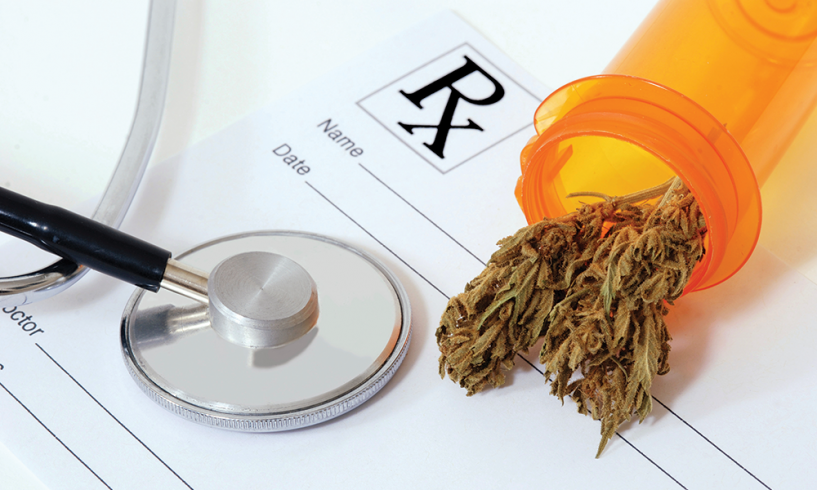Derek is a 20-year-old patient with relapsed acute myeloid leukemia. He will be receiving a bone marrow transplant in the next six days. When discussing Derek’s home medications, he says to the nurse, “I smoke a lot of pot because it helps me feel better about all of this.” Upon further discussion, Derek reveals he started smoking marijuana to relieve nausea.
What Would You Do?
Cannabis sativa, commonly known as marijuana, contains at least 66 biologically active compounds—depending on the strain of the plant. Although popular in the media, the chemical variability of inhaled marjiuana makes it a rare subject of evidence-based research. Physicians simply don’t know how smoking marijuana may counteract or interact with the myriad medications delivered during a bone marrow transplant.
Oncology nurses should discuss the dangers of smoking with all immunosuppressed patients. Opportunistic fungal infections, most commonly Candida and Aspergillus species, have spores that aerosolize and populate the respiratory tract of patients with weakened mucosa. Incidents of Mucor fungal infections may also result in pulmonary artery thrombosis, infarction, hemorrhage, or systemic sepsis.
An option for Derek might be dronabinol, a chemically pure form of the primary active ingredient in marijuana: delta-9-tetrahydrocannabinol (THC). U.S. Food and Drug Administration approved since 1985, oral pharmaceutical-grade THC has shown to be better than placebo in treating some side effects of cancer treatment, according to several studies.
Because Derek is amenable, the oncology nurse advocates for the use of dronabinol as part of his care plan. However, she also warns him of the medication’s possible side effects, such as confusion, dizziness, and altered motor function.






